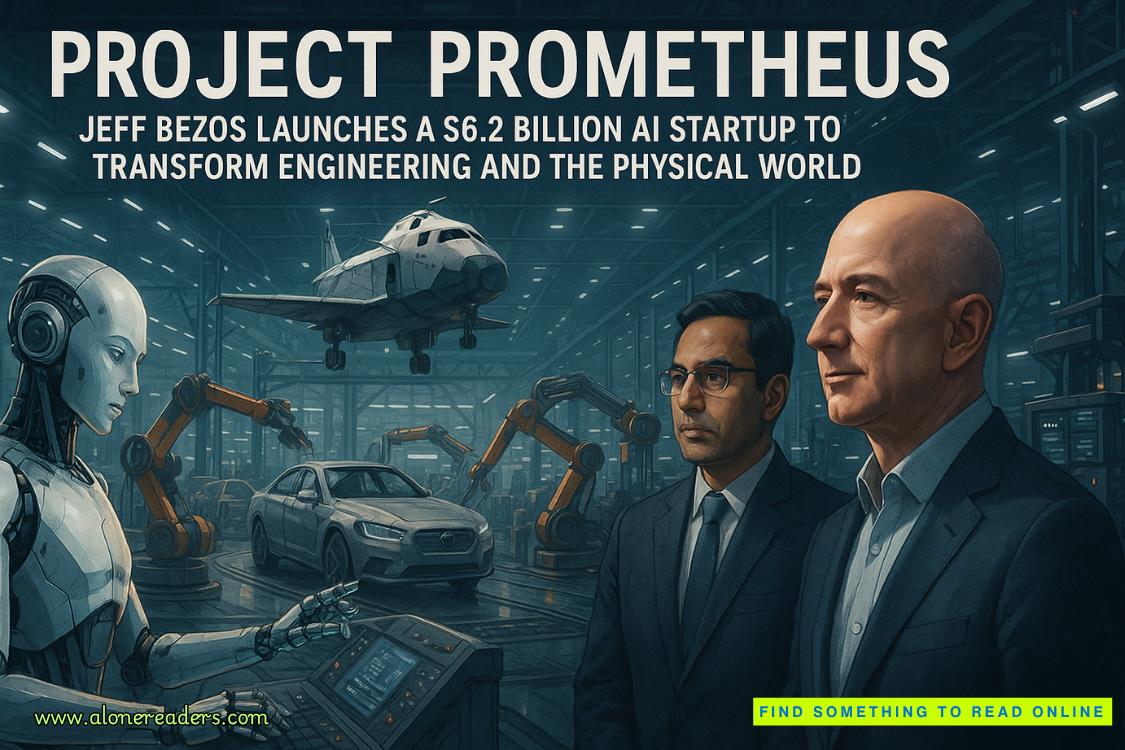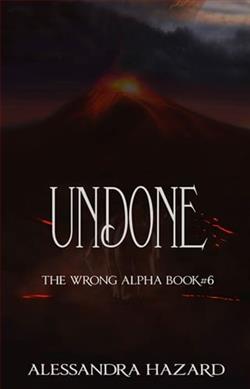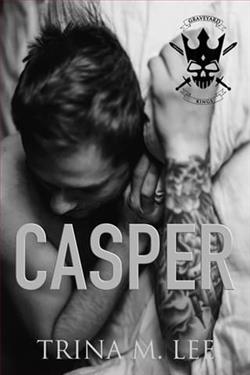Page 25 of The Presidents Shadow
Enough of this telephone dance. “Put her on, Forrest.”
He says thank you, and a moment later the young manis replaced on the screen with the image of a pleasant, ordinary-looking woman, approximately fifty years old. Her silverish hair is cut short, simple, no-nonsense. I’m guessing that the white jacket she’s wearing is a lab coat.
She speaks first. “It is such a pleasure—a pleasureandan honor—to meet you, Mr. Cranston. President Townsend is confident that you will be able to help us on a project of enormous gravity.”
Her voice and manner are warm, but the “a pleasure and an honor” part is a little bullshitty.
I decide not to share with Dr. DaSilva that I think her boss, President Townsend, is among the most devious and unethical men I’ve ever dealt with.
“Thank you,” I say.
“I think that the matter is so urgent that I’d like to begin briefing you immediately,” she says.
“Of course,” I say. “But I do want to tell you that I have some very specific thoughts about the matter at hand.”
“The matter at hand?” she asks, looking a bit bewildered. “How would you know about this matter? I haven’t told you anything about it.”
“I don’t mean to be arrogant, Doctor, but I’ve personally witnessed the natural phenomenon that is unleashing itself upon the world.”
She nods, says, “That natural course of destruction of which you speak is indeed extremely troubling. But that isnotthe matter at hand.”
I am surprised. No, wait. I’m shocked.
“No,” Dr. DaSilva says. “We need you to assist with something else, something the public and press know nothing about yet. Something I think could turn out to be even worse than the environmental nightmare we’re experiencing right now.”
CHAPTER 32
“THERE IS AN extraordinary situation in Australia that its government does not have the ability to deal with. That’s where we come in.”
Dr. Anna DaSilva explains. Slowly, carefully, as if she’s teaching a child in first grade.
“It is a new, never-before-seen virus. It is Ebola-like in its effects, but it has no known precedent in the medical world. And despite its similarities to Ebola, its chemical architecture is entirely different. That’s one of the many baffling components.”
Dr. DaSilva goes on to explain that the virus, whose current shorthand name is the Austravid virus, was restricted to a small rural area twenty miles outside the city of Perth, Australia. Now the virus is moving toward the city itself and will likely reach beyond Perth, even beyond Australia.
“There are two things you need to know. First of all, this disease causes deaths that are more painful than those caused by Ebola or COVID. In the early stages, blackpimples, bruises, and scabs form on the victims’ skin. These areas crack open to become large craters of brownish-black blood that ooze and send the patients into screamworthy pain. No amount of hydromorphone or fentanyl variations can ease the suffering.”
Even with my prior study of science and medicine, I am stunned by this information.
“And the second thing you want to tell me?” I ask.
“At the moment we cannot trace the source to any animal or botanical substance. No pig. No wolf. No horse. And, by the way, I’ve heard all the inappropriate gallows humor about koalas and kangaroos.”
I don’t even smile.
“As a result,” I volunteer, “we must assume that this virus is man-made.”
Dr. DaSilva silently nods.
I decide to address the one point that Anna DaSilva has not mentioned.
“Doctor, do you think that this Austravid is related to the natural disasters that are plaguing the Earth?”
She answers quickly. “I am impressed that you don’t think the connection is impossible. Most people do. But the fact is, we simply do not know. That’s why President Townsend and I want you and your colleagues involved.”
Now would be a perfect opportunity to tell her of my extreme dislike for President Townsend (not to mention his hatred for me), but that feels petty and foolish at the moment.
For the first time in this conversation I notice that her soothing schoolteacher voice has transformed into an efficient businesslike demeanor.















